![]()

![]()
Play Music
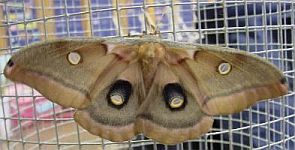
![]()

![]()

|
|
|
Polyphemus Moth Information Polyphemus Moth Links |
|
This is a mount of
a male Polyphemus moth. This moth was
mounted by Ted J. Perez of Old
Town, Florida.
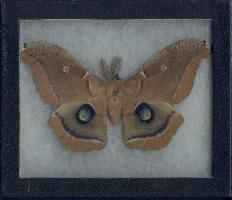
Mrs. Gray brought in our
Polyphemus cocoons on April 25th. They are the small
white ones.
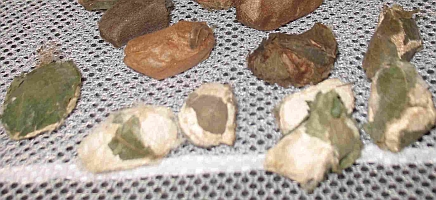 Our polyphemus moths have started to emerge. They are beautiful. 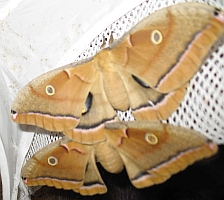 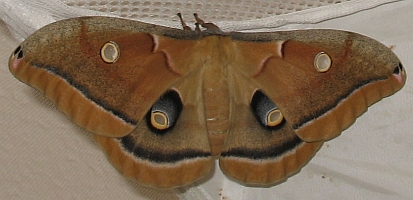 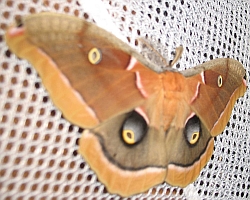 We soon had all three kinds of silkmoths. 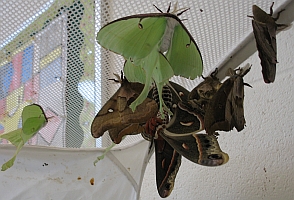

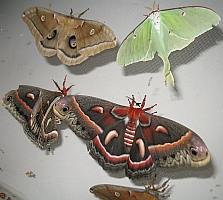
|
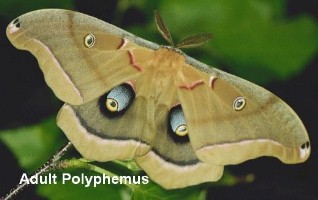
The Polyphemus caterpillar or larva feeds mostly on shrubs, alder, basswood, oak, hickory, elm, maple, birch, and poplar. The green caterpillar goes through five growth stages or instars. The Polyphemus caterpillar has a brown/tan freckled head. When the caterpillar is ready to make its cocoon, it finds a safe spot. Then it makes a sticky thread from a hole near its mouth and begins winding the thread round and round its body. It pulls a leaf around the cocoon securing it with the sticky thread. When the moth is ready to emerge from the cocoon, it makes a special juice which softens the cocoon so it can push its way out. 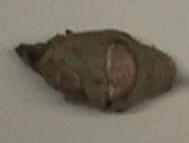
|
|
http://www3.islandtelecom.com/~oehlkew/index.html http://entweb.clemson.edu/museum/moths/local/moth21.htm |
![]()
![]()
![]()
![]()
![]()
![]()
![]()
![]()
![]()
![]()
![]()
![]()
![]()
![]()
![]()
![]()
![]()
![]()
![]()
![]()
![]()
![]()
![]()
![]()
BACK TO
MRS. GRAY'S CLASSROOM PAGE
BACK TO MRS. GRAY'S CLASSROOM PAGE

Send comments and suggestions to: comments@mrsgraysclassroom.org
Please do not copy the graphics
from this Web Site. Many of the graphics are
from copyrighted graphic collections on the
Internet. Please go to our
Graphics Page included in our
Educational Links to visit these great sites
to download graphics.
Updated 06/20/10
Copyright © 2010 Mrs. Gray's
Classroom
All Rights Reserved